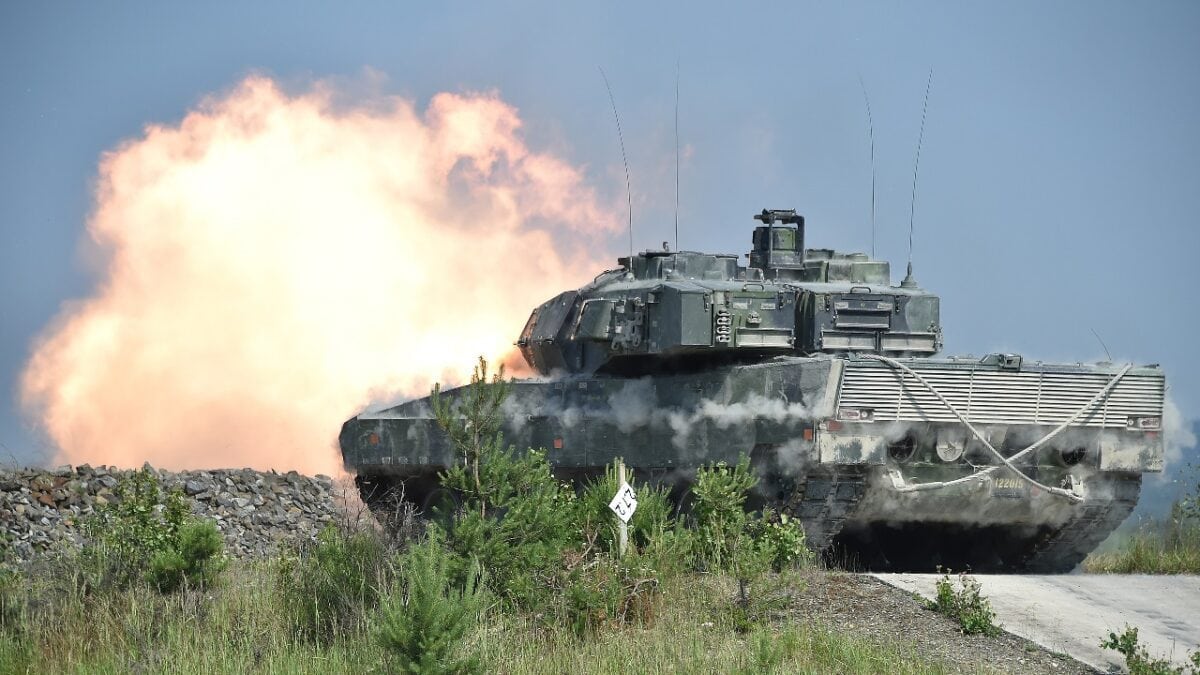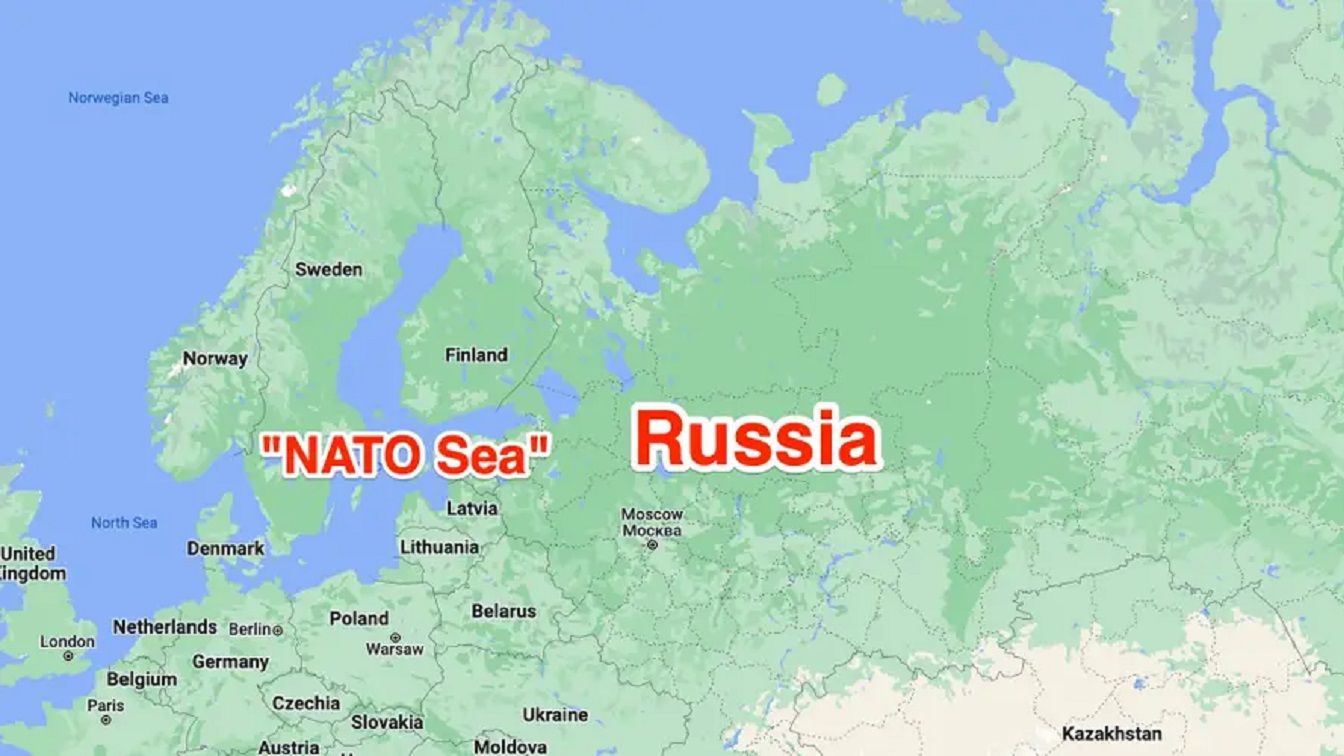The concept of a ‘NATO Sea’ was not something Russia thought about when it invaded Ukraine – pushing Sweden and Finland to join the alliance:
Russia’s Western neighbors are close to forming a “NATO sea” that could allow them to make collective defense decisions and deter Russia, Estonia’s defense minister told Insider.
Hanno Pevkur said the prospect of Sweden and Finland joining NATO would make the Baltic Sea “an inner sea of NATO” — with all countries bordering it, with the exception of Russia, being members of the military alliance.
Russia has used the sea’s Gulf of Finland, where St. Petersburg lies, for naval exercises since it invaded Ukraine, including as a response to Sweden and Finland applying to join NATO.
But if the region were surrounded by NATO countries, Russia could be deterred from carrying out attacks, Pevkur said.
Being part of NATO would allow the regional neighbors to work as “one unified operational space,” which could upgrade their “land, air, sea, intelligence, cyber and all other capabilities,” he said.
It could result in new agreements over joint control of the airspace around or over parts of the Baltic Sea, including the ability to close it; and joint surveillance of the sea, including deciding to limit who can sail on it, Pevkur said.
NATO expanding around the sea
Russia’s invasion prompted Sweden and Finland to join NATO, and most current NATO members have ratified their membership. The two nations are currently holding talks with Turkey over its concerns, and a solution is expected.
Pevkur noted that parts of the Baltic Sea are international waters, but said that with Sweden and Finland as members, he would consider it a “NATO sea.”
Perhaps most importantly, it “allows for faster and deeper information-sharing, which is the basis for better and faster decisions,” he said.
“All this will most certainly have a deterrent effect” on Russia, he said.
New agreements
Talks for new agreements like the ones Pevkur wants are already underway, like work on a new Baltic defense agreement with Latvia and Lithuania.
Pevkur also said he hoped Baltic Sea nations can unify their coastal defenses. He would like to see, for example, an agreement between Estonia and Finland that would see their missiles with the range to reach the entire Gulf of Finland. No formal discussion on this has taken place, he said.
Estonia has stood up for Ukraine
Estonia, like other countries near Russia, has been increasing its defenses for a possible attack.
Estonia, a NATO and EU member, gained independence from the Soviet Union in 1991, and is one of the countries most committed to helping Ukraine: It has given more aid to Ukraine as a percentage of its GDP than any other nation since Russia invaded, and gave Ukraine anti-tank missiles even before the invasion began.
Russia has reacted to this, with Estonia saying in June that Russia was simulating missile attacks against it.
Pevkur said Estonia was also getting cyberattacks from Russia “daily,” but they’d not been very effective because Estonia was prepared.
“We’ve been ready for that. We’ve been training to counterattack or be ready for that kind of attack already, since 2007, where the first large-scale cyberattack was conducted by Russia toward Estonia,” he said.
He said Russia currently appears to be too focused on physically attacking Ukraine to do anything elsewhere, but that Estonia still had to be prepared, as Russia’s other neighbors are doing.
This includes boosting its domestic defense capabilities, including buying more weapons and fulfilling Pevkur’s goal of doubling the size of Estonia’s Defence League, its voluntary national-defence group.
“We all understand that even when the NATO troops are here … the first defense line is the Estonian defense forces together with the Defence League,” he said.
The number of NATO troops in Estonia has also increased since Russia’s invasion. Pevkur told Insider the number is currently around 2,000, and he expects it to rise.

Swedish soldiers with the Wartofta Tank Company, Skaraborg Regiment in a Stridsvagn 122 main battle tank conduct the defensive operations lane during the Strong Europe Tank Challenge, June 7, 2018. U.S. Army Europe and the German Army co-host the third Strong Europe Tank Challenge at Grafenwoehr Training Area, June 3 – 8, 2018. The Strong Europe Tank Challenge is an annual training event designed to give participating nations a dynamic, productive and fun environment in which to foster military partnerships, form Soldier-level relationships, and share tactics, techniques and procedures. (U.S. Army photo by Gertrud Zach)
Pevkur said he also plans to improve Estonia’s troop accommodation and training areas so it can bring in more NATO forces.
“Estonia has to be ready to fight,” he said.
Sinéad Baker is a News Reporter based in Business Insider’s London bureau (where this first appeared). Sinéad most often covers breaking news, US politics, and global censorship. She has covered developments within the Trump administration, written about terrorist attacks in real time around the world, and delved into the aftermath of aviation disasters.

